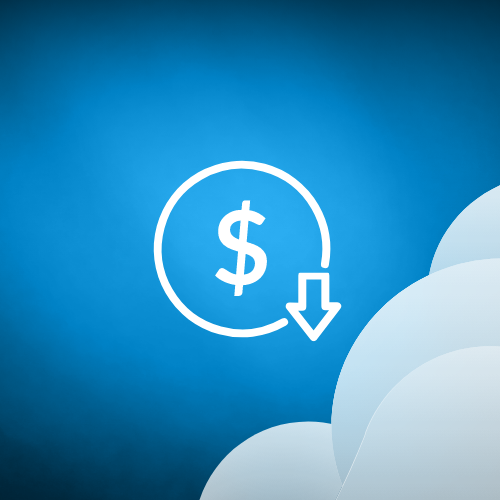As your business grows, so too grows your client base and their associated data. This opens up new opportunities to do more business with more client contacts via phone calls and emails — increasing your Salesforce data.
With all this new data, it is critical to recognize that Salesforce doesn’t have the cheapest cloud data storage solution on the market. As both your business and data grow exponentially, your data bill will grow, raising your storage bill.
Your data is crucial to your business, so every organization should strive to prevent data loss. It takes time and effort to collect and organize your customer data, so finding alternative options vs. high-priced storage is key. This is where data archiving becomes a focus for your Salesforce team. Archiving is a great way to keep old, less relevant data without having to remove it entirely or pay to keep it on your Salesforce platform.
What is Data Archiving?
Secure data archiving enables the long-term retention and low-cost storage of data. It provides secure locations for storing mission-critical information for use as needed. Once in the archived data management system, the information stays accessible and the system protects its integrity. Data archiving is critical for businesses and organizations that acquire new information regularly yet must retain existing data — and remain able to quickly retrieve both types. Trends in government regulations, the law, and corporate policy all slant toward more data, retained longer, and retrieved faster. Data archiving services help companies stay on top of these trends at a reduced cost. Organizations set policies on the best way to archive data, including how to characterize the data to be moved. These data archiving requirements allow users to automate the identification and data archiving procedure. The policies typically also touch upon security sensitivity, retention time frame, and other parameters.
Differences Between Data Backup and Archive
The difference between a data backup and a data archive is quite simple — when you back up your data, you’re making a copy that can be accessed if things go wrong. This will quite often be a full backup of all of your data within Salesforce that can be used to restore your organization to a previous state or allow users to access sensitive data in the case of an outage.
This is different from a data archive — which involves removing older or less relevant data from your live Salesforce organization to reduce the amount of data you’re paying for, or the amount of data to sort through. A Salesforce data backup tool is definitely something you’ll want to consider in combination with an archiving tool for complete data protection.
Druva Complete Protection
Leveraging the cloud to provide a comprehensive approach to Salesforce backup, restore, archiving and sandbox seeding, Druva addresses gaps in security and recoverability. A 100% SaaS data management solution, Druva provides an essential layer of functionality to ensure Salesforce data is always protected and available while also helping to lower your storage costs.
Next steps
Read Druva’s new datasheet to learn more about our Salesforce archiving capabilities, and visit the Salesforce page of the Druva website to discover how we provide your organization with reliable, automated daily backups of data and metadata, combined with fast, easy recovery from secure air-gapped storage to prevent data loss and reduce costs.
